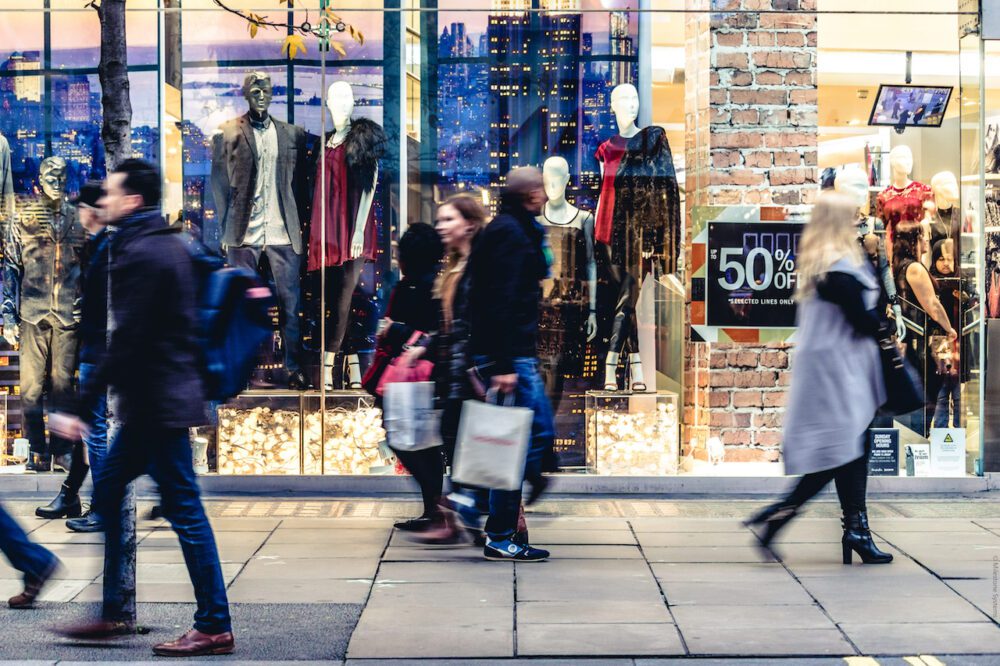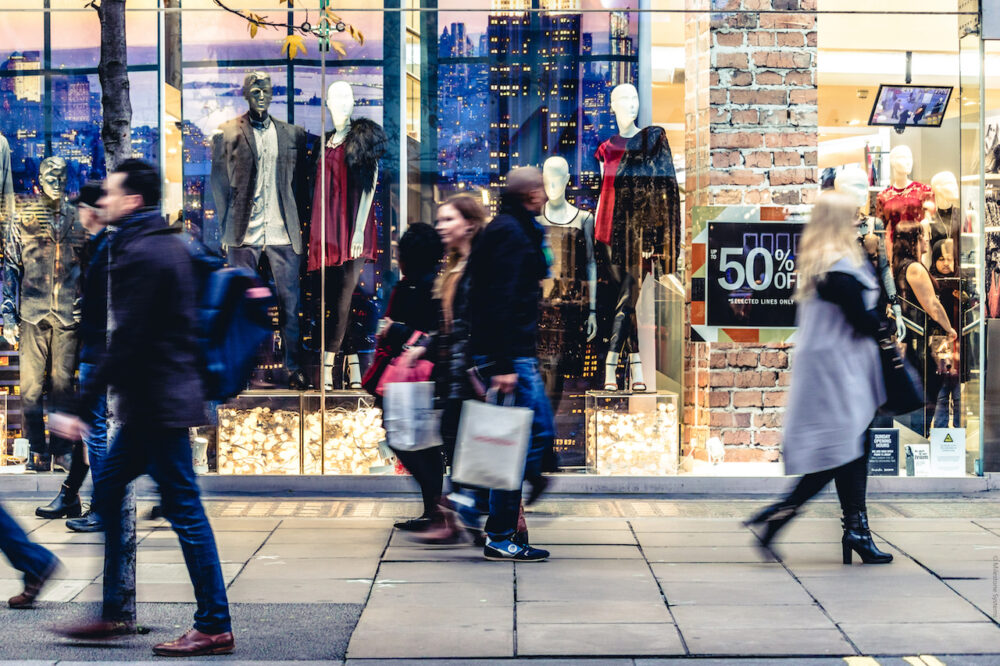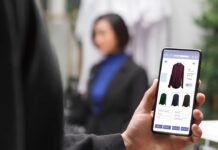Body-worn cameras have transformed video, from something gathered from a static device to a feed collected from the point-of-view of the wearer – giving greater insights on a wearer’s environment, safety, behaviour, and more. Initially the mainstay of law enforcement, body-worn cameras are becoming popular in other sectors, notably retail where it can be used as an aid to social distancing and – at a time when violence against shop workers is on the increase, as shoppers vent their frustrations at new rules – to help keep shop workers safe.
In fact, a Union of Shop, Distributive and Allied Workers (Usdaw) survey showed that in the month up to 14th April, 62 per cent of respondents were verbally abused, 29 per cent threatened and four per cent assaulted.
But the use of body-worn cameras in retail goes beyond security, namely, to improve customer service, to help train employees, and to give managers greater insights into operations in-store.

Below are four reasons to use body-worn cameras in retail premises.
1. Queue management and risk mitigation
One increasing use for body-worn cameras in retail is during queue management. More stores are now placing staff at entrances to ensure social distancing is followed. However, difficult situations may arise when employees ask a customer to wear a face mask, or observe social distancing. In such situations, having a body-worn camera can reduce the likelihood of escalation and harm to the wearer. It will also provide vital video and audio evidence to authorities if needed.
Many retailers started to use body-worn video in this way during the pandemic. The Co-op, for example, is equipping its frontline staff across 250 stores. Live video feeds will be fed back to a central security team to protect employees when they feel threatened by aggressive or violent behaviour. Waitrose is following suit to help its teams feel safe and supported while at work.
2. Supporting large areas and events
Body-worn cameras can also provide greater coverage of large areas, like shopping centres, warehouses, and events. Connected with other video sources such as IP cameras and vehicle cameras, it can give leaders more oversight of all the happenings on a site or during an event. This protects both customers and workers, as well as helping to positively influence liability insurance rates.
3. Customer service and personnel training
Many customer service and sales teams are used to recordings aiding with their training and providing feedback on performance. Body-worn cameras take this a step further to ‘see’ a worker’s day in its entirety, flagging barriers that will stop them being productive and providing insights into strengths and weaknesses. For example, body-worn cameras can be worn by delivery personnel to quickly identify vehicle issues or routes that delay them.
A trainer can wear a camera to record the best way to do something, like serving customers or packing a delivery. It can also document the results of incorrect actions – which can prove more effective and impactful compared to written materials. Video footage is generally quicker to record and update when a policy or process changes, compared to writing and distributing printed materials.
Furthermore, there are some sectors where sales must be regulated – such as property retail and funeral services. Body-worn video footage can be reviewed to ensure compliance with regulatory requirements. In the near future, artificial intelligence (AI) can help by automatically alerting a worker if a required statement is said – or not. This also has applications for store health and safety, when touching and preparing certain foods, for instance.
4. Reducing corporate liability
As previously mentioned, body-worn cameras can help defuse hostile situations. It also keeps behaviour (of both shoppers and security personnel) at their best as they know that all actions will be recorded and can be used as evidence. Finally, if someone must be escorted from a premises, either a customer who has become disruptive or an employee who has been terminated, then their behaviour can be positively influenced by the presence of a body-worn camera. Ultimately, this offers multiple positive influences on reducing corporate liability in potentially aggressive or difficult scenarios.
The next steps for body-worn cameras
With many different applications, expect to see more body-worn cameras being used by retailers. Especially as functionality becomes more advanced because of AI, automation, wearable technology, and the Internet of Things (IoT).
Eventually, body-worn cameras will become integral to a wider network with sensors, access control, intercoms, wearable technology, other cameras, and other IoT devices all seamlessly integrated through a central video management system to provide combined insights and on-the-ground coverage.
Real-time footage can be relayed to security teams located off-site, video feeds can be provided to police investigators, analytics can flag unsafe behaviour or would-be theft. Automation can help workers access areas of a store or warehouse based on their body-worn camera footage and access levels. Doors can be automatically unlocked to ensure touch-free access. Alerts could be issued in dangerous areas where employees need to be alert for forklifts or heavy machinery. Cameras could begin running without wearer intervention if audio footage captures a cry for help or sounds of a fight.
By Neil Killick, EMEA Leader of Strategic Business at Milestone Systems
















